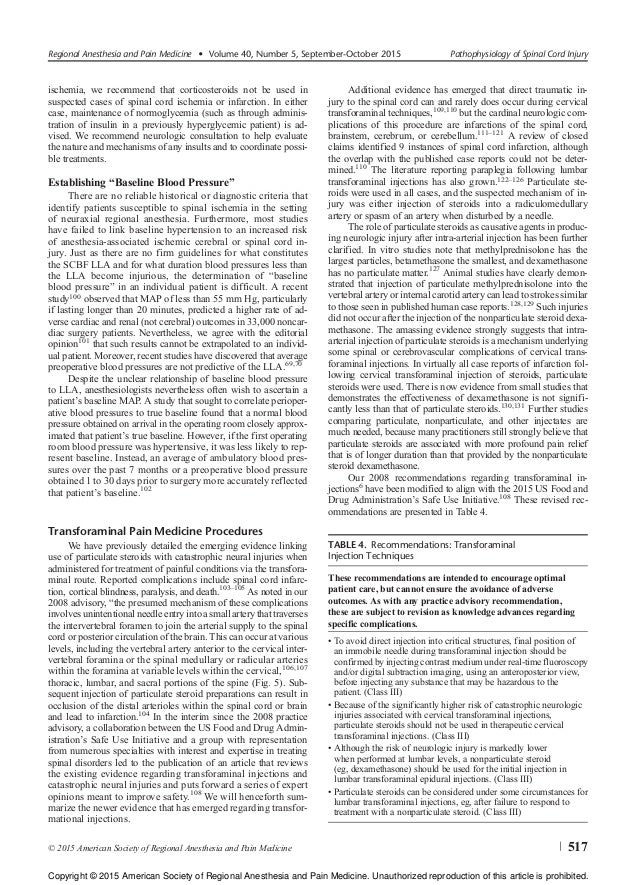Primary Non Contributory Endorsement Isopropyl
Figure 3 Histogram showing changes in midperipheral retinal microcirculatory flow, as measured by the Heidelberg Retinal Flowmeter, at baseline, after 1 week on topical therapy, and after 2 additional weeks of topical therapy with oral indomethacin treatment. The bracket denotes the significance by paired t test of the difference from baseline for latanoprost-treated eyes.
Latanoprost and brimonidine: therapeutic and physiologic assessment before and. Latanoprost and brimonidine: therapeutic and physiologic. An isopropyl ester, is.

Mount mercy. Indomethacin treatment is associated with decreases in mean Heidelberg Retinal Flowmetry flow values with both topical treatments. PURPOSE: To assess, before and during oral nonsteroidal anti-inflammatory drug coadministration, latanoprost’s and brimonidine’s hypotensive action in eyes at risk of glaucomatous progression, assessing the effect of each drug on ocular perfusion and visual function. METHODS: Twenty consenting adults with open-angle glaucoma or ocular hypertension underwent a double-masked, bilateral, randomized prospective study. Treatment started with either latanoprost 0.005% in the morning and placebo in the evening, or brimonidine 0.2% twice daily in one eye; after 1 week starting the other in the fellow eye. After another week, oral indomethacin 25 mg four times a day, commenced for 2 more weeks. Intraocular pressure, ocular circulation, and visual function were monitored pretreatment, after unilateral monotherapy (day 7), bilateral ocular therapy (day 14), and coadministered oral indomethacin (day 28). Intrasubject differences (interocular and intraocular relative to baseline) were determined by two-tailed paired t test.


Randomized Controlled Trial
RESULTS: A loss of the significance of intraocular pressure reduction with brimonidine was noted after oral indomethacin coadministration (−14%; P =.004 for brimonidine alone versus −11%; P =.3 with indomethacin). Significant intraocular pressure reduction with latanoprost persisted despite indomethacin (−25%; P. The primary author has previously received research funding, travel grants, and lecturing honoraria from the manufacturers of both the ophthalmic drugs evaluated in this study. The authors have no proprietary interest in any of the products or methods described in this article. This work was sponsored in part by grants to Dr Sponsel and the University of Texas Health Science Center from Pharmacia and Upjohn, Kalamazoo, MI; Research to Prevent Blindness, New York, NY; and the San Antonio Area Foundation, San Antonio, TX.